Investing nearly 600 trillion to improve education quality
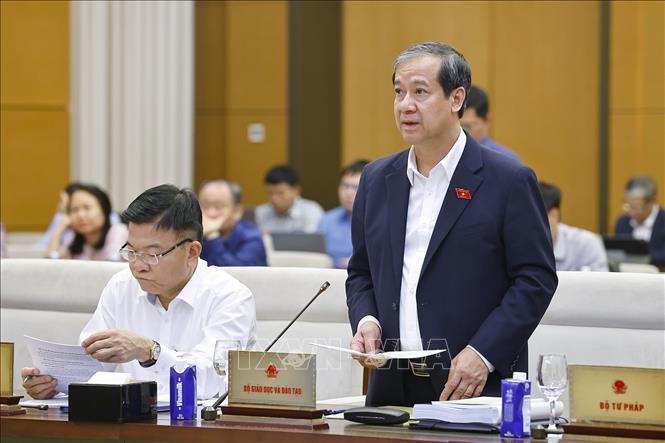
Presenting the Report on investment policy for the National Target Program on modernization and improvement of education and training quality for the period 2026 - 2035, Minister of Education and Training Nguyen Kim Son said that the Ministry has coordinated with ministries, central and local agencies to develop a Report proposing investment policy for the Program with total mobilized resources for implementation in the period 2026 - 2035 of about 580,133 billion VND.
Goals by 2035: Invest in building 100% of preschool and general education facilities that meet standards in terms of facilities; 100% of preschool and general education facilities have enough teaching equipment to implement English as a second language in schools; complete 100% of public university education facilities in the planning to meet standards by 2035; complete and replicate the educational innovation model to develop creative capacity, critical thinking and international integration that has been successfully piloted in the period 2026 - 2030: Smart schools, applying AI and big data in management, teaching, assessment and support for learners, teaching subjects in English as a second language...

In the Review Report, the Standing Chairman of the Committee for Culture and Social Affairs, Nguyen Dac Vinh, affirmed the need to invest in the Program to institutionalize the Party's policy on development and fundamental and comprehensive innovation of education and training. The Standing Committee requested the drafting agency to continue reviewing the Program, comparing it with the National Target Programs being implemented and the National Target Programs that will have their investment policies approved by the National Assembly at the 10th Session to ensure that there is no duplication of activities or overlapping of tasks. The general goal needs to focus on two major issues: Comprehensive modernization of the national education system, creating fundamental and strong changes in the quality of education and training; ensuring fairness in access to education.
Improve people's physical and mental health

Presenting the Summary Report on the Decision on Investment Policy for the National Target Program on Health Care, Population and Development for the period 2026 - 2035 with a total capital for the program implementation for the period 2026-2030: 88,635 billion VND in 10 years, from 2026 to the end of 2035, Minister of Health Dao Hong Lan said that, with the goal of improving physical and mental health, stature, longevity and quality of life of the people... The program is divided into 2 phases: 2026 - 2030 and 2031 - 2035,
Specific objectives: Contribute to increasing the rate of communes, wards and special zones meeting the National Criteria on Commune Health to 90% by 2030 and 95% by 2035; the rate of people with electronic health records and life-cycle health management to 100% by 2030 and maintained until 2035; the rate of disease control centers (CDC) in provinces and cities with capacity to test for agents, antigens, antibodies of dangerous infectious diseases, clean water quality, and school hygiene to 100% by 2030.
The rate of commune, ward and special zone health stations nationwide implementing prevention, management and treatment of a number of non-communicable diseases in accordance with the guided process will reach 100% by 2030 and be maintained until 2035; the rate of stunting in children under 5 years old will decrease to below 15% by 2030 and to below 13% by 2035. The number of disadvantaged and vulnerable people accessing and using services at social care facilities will increase by 70% by 2030 compared to 2025 and by 2035 by 90% compared to 2030.
Agreeing with the need to develop a Program to institutionalize the Party's policy to improve the quality of people's health care, effectively carry out population and development work, the Standing Committee of the Committee for Culture and Society proposed to more closely assess the ability to mobilize local budget capital and calculate and propose a more appropriate local budget allocation level in accordance with the practical situation; at the same time, continue to review the general goals, specific goals, and activities of each sub-project to ensure consistency and logic according to the principle of results-based management, facilitating inspection, supervision, and easily assessing the socio-economic efficiency of the Program.
For each specific goal, solutions need to be developed and resources and implementation progress determined to achieve the goal; linked to the goals and targets of each project and sub-project; clarifying the basis for proposals, developing a number of goals; feasibility and solutions to implement a number of goals; clarifying the content of a number of targets stated in the Preliminary Assessment Report.
At the same time, the Standing Committee of the Culture and Social Affairs Committee proposed to review and select core and important contents, avoiding spreading and wasting resources. The objectives, tasks and solutions of the sub-projects must ensure consistency between general objectives, specific objectives and operational contents, have specific indicators, easy to check and evaluate implementation results...
Artificial intelligence is the core driving force for economic and social development.
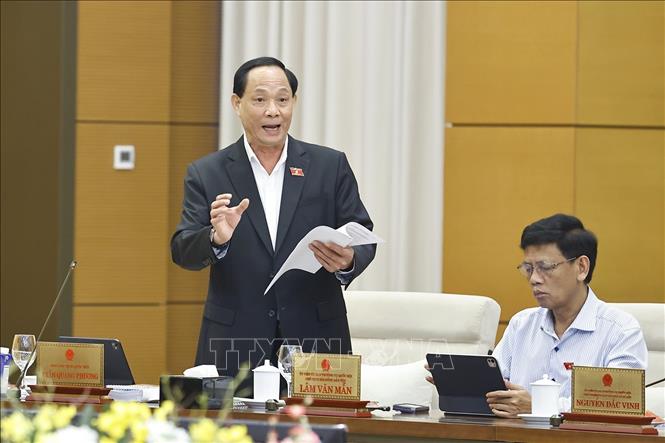
The project proposal and draft Law on Artificial Intelligence emphasize: Artificial Intelligence (AI) is becoming the cutting-edge technology of the Fourth Industrial Revolution, opening up many great opportunities for socio-economic development but also posing many urgent challenges regarding management, ethics and safety that current legal regulations do not fully cover.
The Draft Law on Artificial Intelligence aims to institutionalize the Party and State's policies, create a breakthrough legal corridor for artificial intelligence; create a favorable legal environment to promote innovation, enhance national competitiveness; and at the same time manage risks, protect national interests, human rights and digital sovereignty. The Draft Law consists of 8 chapters and 36 articles.
The Committee on Science, Technology and Environment found that the contents of the draft Basic Law are consistent with the provisions of the Constitution and the legal system. However, it is recommended that the reviewing agency continue to review the consistency with a number of laws, such as the Civil Code, the Law on Product and Goods Quality, the Law on Technical Standards and Regulations, etc.
Commenting on the draft Law on Artificial Intelligence, Vice Chairman of the National Assembly Tran Quang Phuong said that in the process of drafting the Law's content, it is necessary to consider risks with preventive measures that are suitable to Vietnam's actual capabilities; at the same time, it is necessary to study and unify the coordination role of the Government and the State management functions of relevant ministries and branches. In particular, Vice Chairman of the National Assembly Tran Quang Phuong paid attention to the mechanism and impact of artificial intelligence on humans.
“The human brain may become lazy, have poorer memory and reduced learning skills, especially for children,” the Vice Chairman of the National Assembly emphasized.
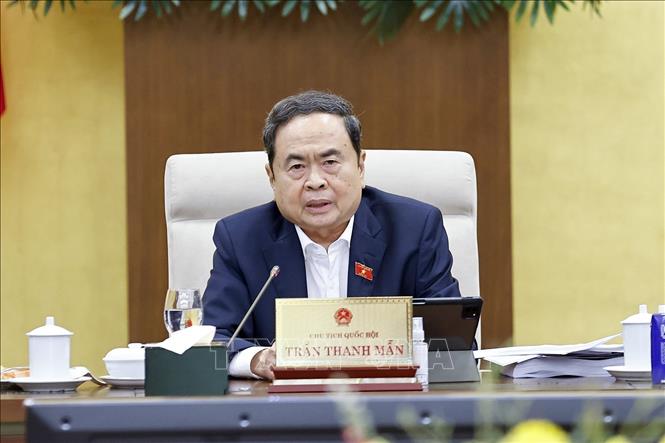
National Assembly Chairman Tran Thanh Man said that the National Assembly has issued the Law on Digital Technology Industry, which includes a chapter entitled “Chapter IV: Artificial Intelligence” to establish an initial legal foundation of principles for the development and application of artificial intelligence. However, these provisions have not yet formed a comprehensive legal corridor, open enough to facilitate the research, development, deployment and use of artificial intelligence and a comprehensive ecosystem of artificial intelligence.
According to National Assembly Chairman Tran Thanh Man, if used correctly, artificial intelligence is not only a technology but also a core driving force for economic, social, and national security development. However, along with opportunities, there will also be many challenges, so a timely legal framework is needed to control and implement effectively; therefore, it is necessary to promote innovation, create an open legal corridor, ensure human rights and manage risks according to the level of impact from low to high. The National Assembly Chairman also said that the Law on Artificial Intelligence will be passed at the 10th Session...
Source: https://baotintuc.vn/thoi-su/tri-tue-nhan-tao-la-dong-luc-cot-loi-de-phat-trien-kinh-te-xa-hoi-20251117201743540.htm


![[Photo] General Secretary To Lam and National Assembly Chairman Tran Thanh Man attend the 80th Anniversary of the Traditional Day of the Vietnamese Inspection Sector](https://vphoto.vietnam.vn/thumb/1200x675/vietnam/resource/IMAGE/2025/11/17/1763356362984_a2-bnd-7940-3561-jpg.webp)









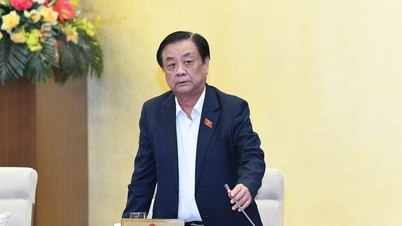

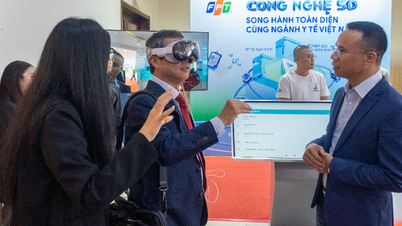







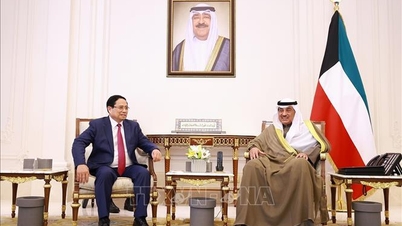
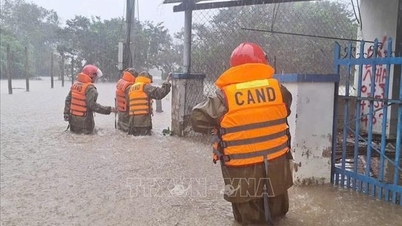
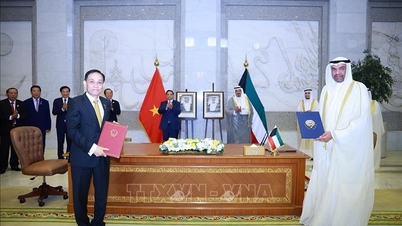
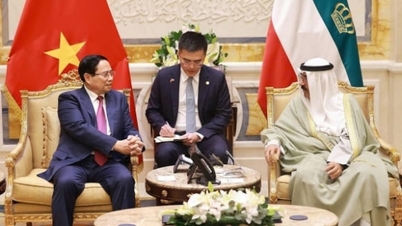





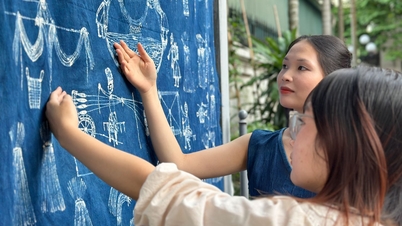

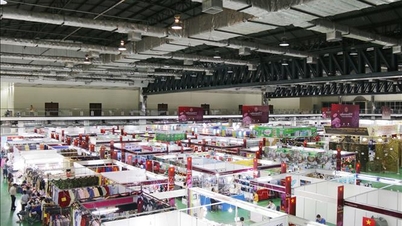


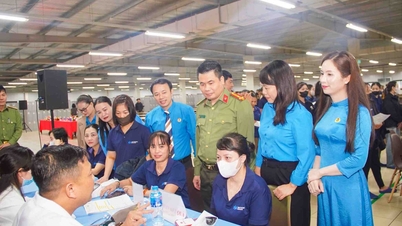













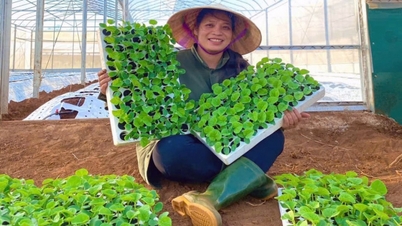















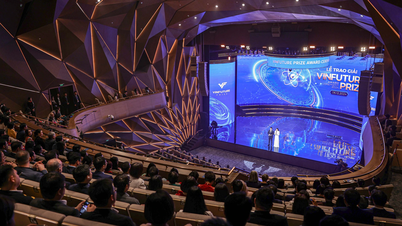



























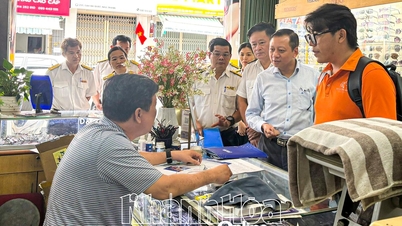















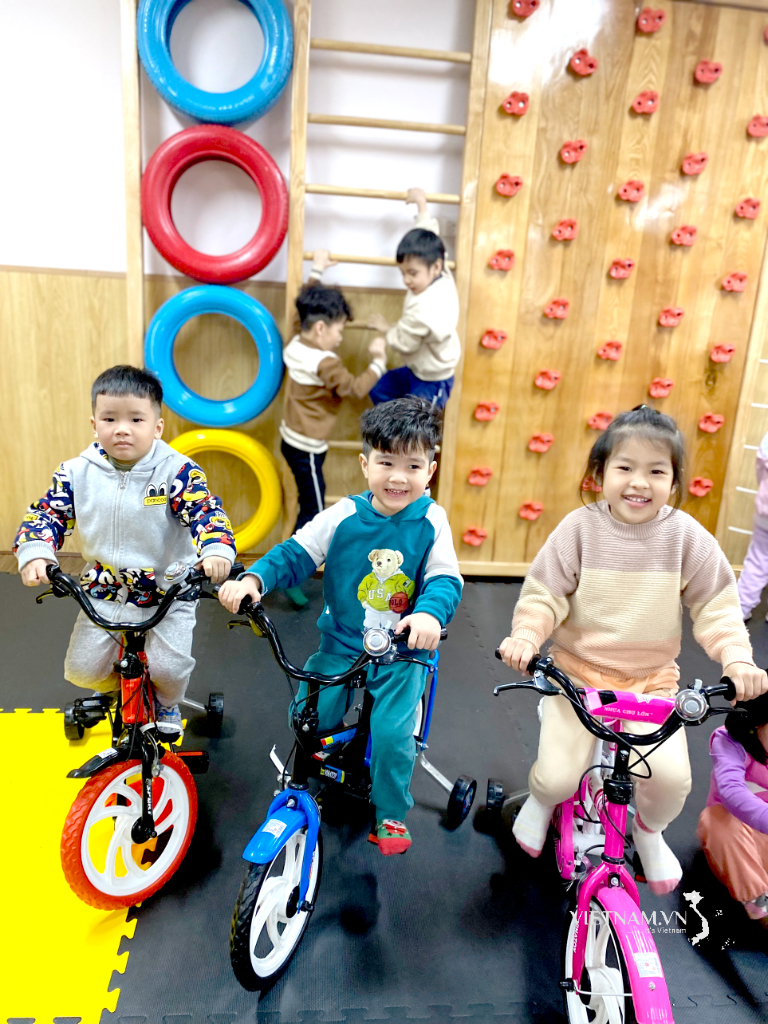
Comment (0)